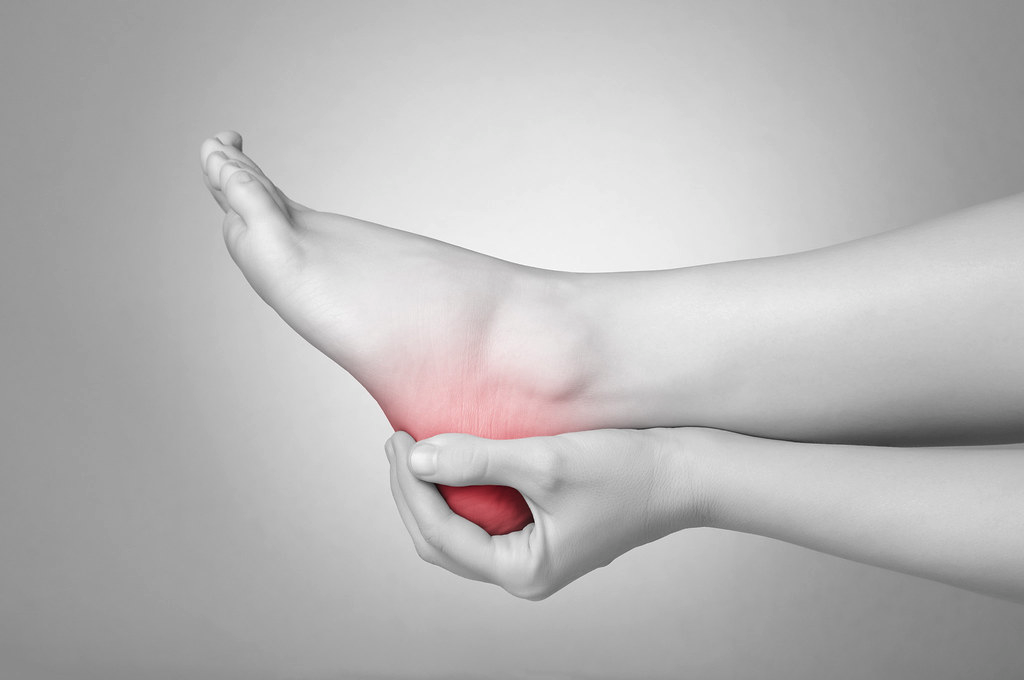 A heel spur occurs when calcium deposits build up on the underside of the heel and arch of the foot. A heel spur forms where the plantar fascia (the band of fibrous tissue that stretches along to bottom of the foot to the heel bone) connects into the Calcaneus (Heel bone). The heel spur grows in the direction of the plantar fascia and forms a shape like a hook. Approximately 50% of people who have heel spurs actually feel any pain or discomfort.
A heel spur occurs when calcium deposits build up on the underside of the heel and arch of the foot. A heel spur forms where the plantar fascia (the band of fibrous tissue that stretches along to bottom of the foot to the heel bone) connects into the Calcaneus (Heel bone). The heel spur grows in the direction of the plantar fascia and forms a shape like a hook. Approximately 50% of people who have heel spurs actually feel any pain or discomfort.
What causes heel spurs?
Heel spurs are often caused by stretching of the plantar fascia, long term strains on foot muscles and ligaments and repeated tearing of the thin lining of the heel bone. Heel spurs usually develop over time and don’t just “suddenly” appear. They usually occur when you ignore early symptoms like heel pain. Repetitive stress from walking, running on hard surfaces can also be a common cause of heel spurs. Arthritis, plantar fasciitis, bruising of the heel, obesity, incorrect gait and incorrect and unsupportive footwear can also be a contributing factor. It is best to see a podiatrist to get the correct diagnosis and treatment.
What are the symptoms?
Symptoms of heel spurs include Dull ache in the heel during the day Dull ache in the heel at night Sharp pain in the heel when standing first thing in the morning Inflammation and swelling Heat in the heel due to inflammation and may spread to the arch of your foot Tenderness on bottom of heel which makes it difficult to walk without shoes A small visible protrusion on the heel as heel spurs can grow up to half an inch long. Some heel spurs have no symptoms at all and only discovered through x rays.
What is the difference between heel spurs and plantar fasciitis?
Heel spurs are often confused with plantar fasciitis. Having plantar fasciitis increases a person’s risk of developing heel spurs. There is a distinct difference between a heel spur and plantar fasciitis but the two are closely related. A heel spur is a calcium deposit that forms a bone protrusion varying in size along the plantar fascia and may have no symptoms associated with it. Plantar fasciitis is a painful condition in which there is an inflammatory process occurring where the plantar fasciitis attaches to the heel. This occurs because of an abnormal force being placed on it. An abnormal force may be due to, wearing unsupportive shoes, obesity and over use.
Heel Spur Treatment?
Getting plenty of rest by taking the pressure off the feet, ice to reduce the swelling, bespoke activity modification, cushioned and supportive footwear, orthotics, stretching and loading exercises, anti-inflammatory medication, cortisone/PRP injections and in rare cases surgery.
